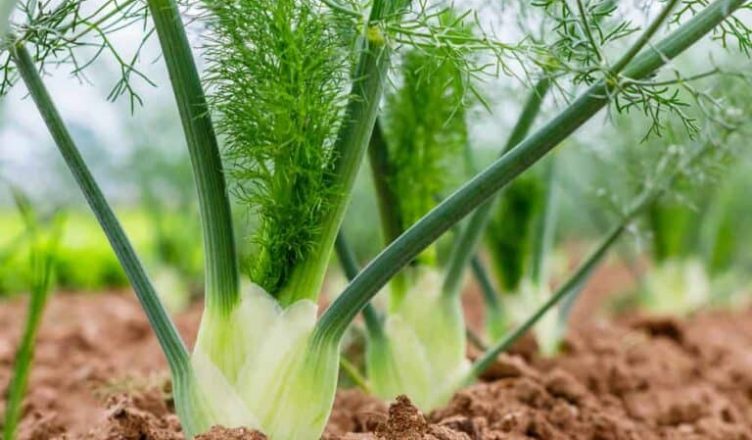Fennel (finocchio, Florence fennel) is a beautiful, hardy, feathery herb with fern-like leaves and a strong, licorice-like taste. Even though it is a perennial herb, most gardeners grow it as an annual since it is sensitive to low temperatures.
This huge plant can reach 4 to even 8 feet (1.2 – 2.4 m) height. Its foliage gives an excellent flavor to fish, and you can use the hollow stems as natural straws for sipping drinks.
What Should You Know about Fennel Plant
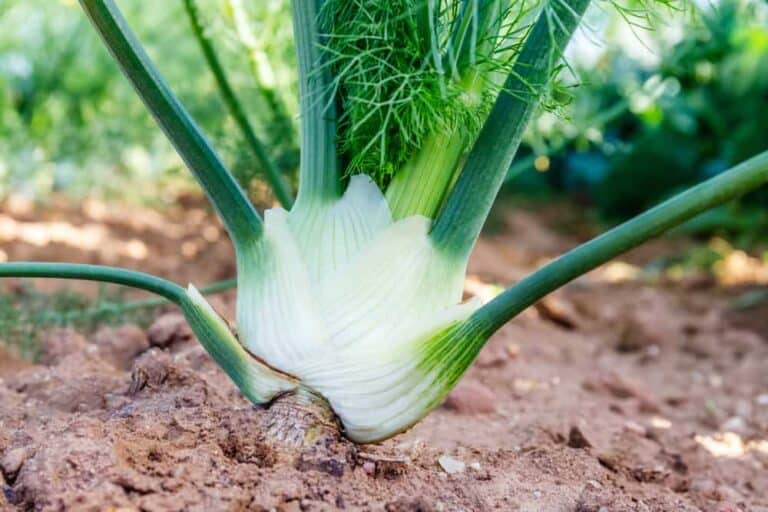
You can grow this useful herb as a microgreen, for seeds (for desserts, drinks, and bread), or leaves (for teas, salads, fish dishes, and soups). There are actually two types of this plant:
- Florence fennel – This annual plant is well-known for its celery-like, white bulbs.
- Sweet fennel – You can grow this perennial herb, which is well-known for feathery foliage and delicious fruits with anise-like flavor if you live in the region with a mild climate.
Benefits of Fennel and Fennel Seeds
- High in nutrients – This plant and its seeds are low in calories and contain a lot of highly valuable nutrients, including fiber, vitamin A, vitamin C, vitamin B6, iron, calcium, potassium, magnesium, and manganese.
- Contain antioxidants – They are the essential benefits of fennel and its seeds. Fennel’s essential oil contains at least 87 volatile compounds, including the polyphenol antioxidants (anti-inflammatory agents) the rosmarinic and chlorogenic acid, apigenin, and quercetin. The seeds of this valuable plant contain 28 compounds such as limonene, anethole, methyl chavicol, and fenchone which have anti-inflammatory, antiviral, antimicrobial, and anticancer properties. Plus, limonene protects cells from damage by combating free radicals.
- Decrease appetite – Drinking a cup of tea made of 0.07 ounces (2 g) of fennel seeds a day before a meal will suppress appetite. It is believed that anethole from essential oil has a primary role in this.
- Keep the heart healthy – Since fennels and their seeds are packed with fiber, they are highly beneficial for the heart. They lower cholesterol levels and may prevent some heart diseases.
- Cancer-fighting properties – Some of the compounds in fennel, including anethole, are highly protective against chronic diseases and cancers. Moreover, folate from this plant helps DNA synthesis and its repair, which may improve the ability of the body to prevent mutations in the DNA and the occurrence of the cancer cells.
How to Plant Fennel
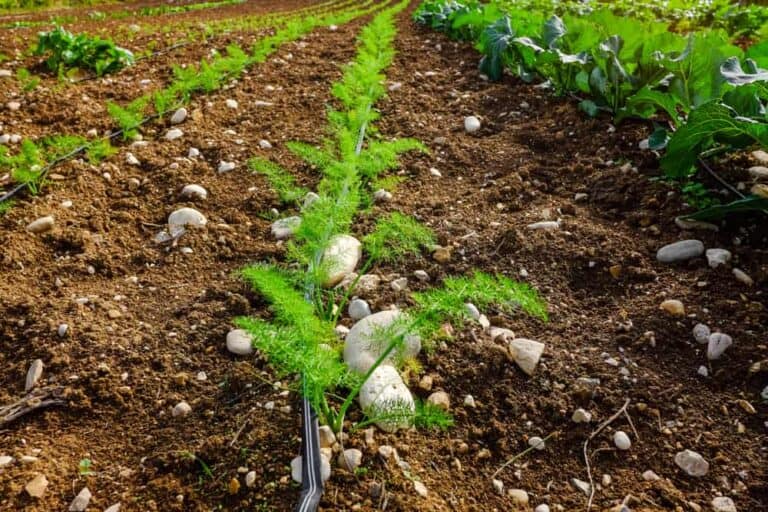
At the very beginning, pick out a fennel variety you prefer, depending on the part of the plant you wish to use (the seeds, bulbs, or fronds).
Start growing this plant outdoors when the temperatures of the soil are at least 50 F (10 C). Plant two to three previously soaked seeds per a hole directly into your garden. Do it in late spring after the last spring frost.
If the ground is well-drained and fertile, the only thing you should do is to loosen it with compost a bit before planting.
Place seeds approximately 0.12 inches (0.3 cm) deep into the ground, 10 inches (25.5 cm) apart, and cover them with a layer of soil. You can put a few more seeds than you need, and thin seedlings once they establish well.

If you prefer that way, you can also plant this veggie indoors about four weeks before the last spring frost. Provide the temperatures of about 65 to 70 F (18 – 21 C) and pots deep at least 1 inch (2.5 cm). Once seedlings reach 3 to 4 inches (7.6 – 10 cm) height, transplant them into the garden.
Don’t forget to harden off seedlings before moving them outdoors permanently. That means that you should bring them out during a day, but bring them back indoors overnight. After a couple of days, your seedlings will be prepared for gardening conditions.
How to Care Fennel Plants
Soil
This vegetable prefers fertile and well-drained soil. It is not crucial if it is loamy, chalky, sandy, or clay, but the pH needs to be neutral. Keep in mind that the moisture-starved soil will encourage prematurely flowering of your fennel plants, which will result in small and insufficiently developed bulbs.
Temperatures
Your fennels are sensitive to low temperatures. They will grow highly flavored if daytime air temperatures are from 60 to 70 F (15.5 – 21 C).
Watering
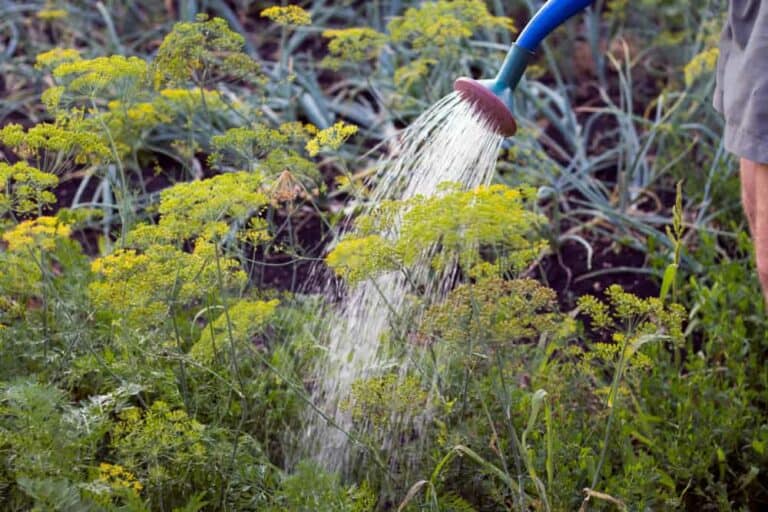
Your fennel plants will need thoroughly watering of the ground before sowing seeds. Keep watering your fennels twice a day until plants establish well. After that, it will be enough doing that once or twice a week, especially when plants are flowering during dry periods. Avoid overwatering to prevent rotting.
Fertilizing
When planting, add an adequate mix of mature compost and all-purpose organic fertilizer to the soil. Since dried compost tends to form a crust, take care to keep it moist. That way, it will absorb water the next time you irrigate your vegetables.
Mulching
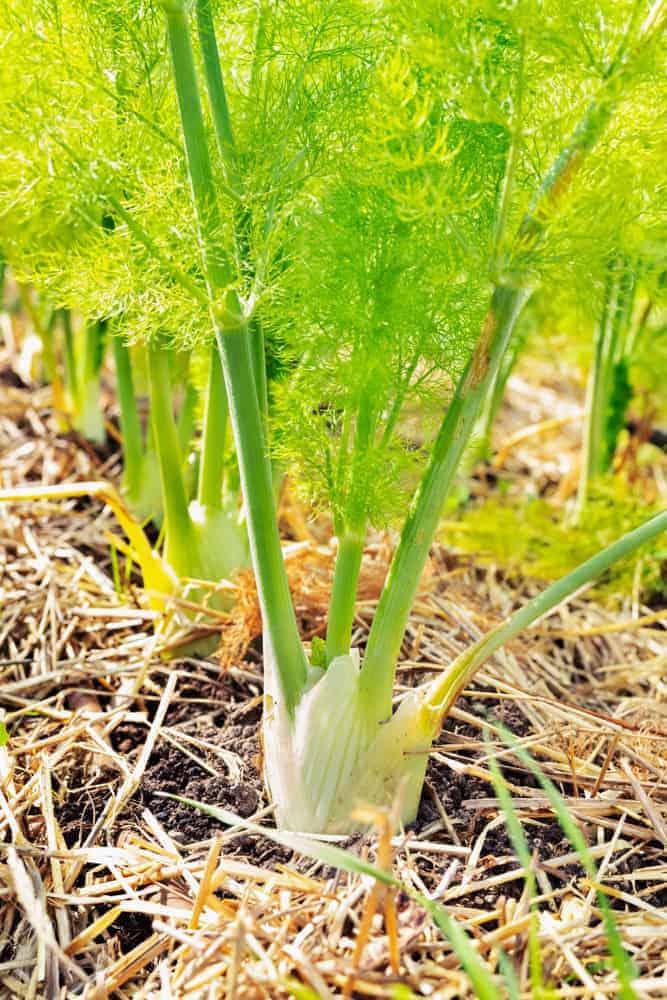
Adequately mulching with organic matter such as hay or straw will keep the soil moist and prevent weeds. As a result, your bulbs will be more tasty and tender.
Supporting
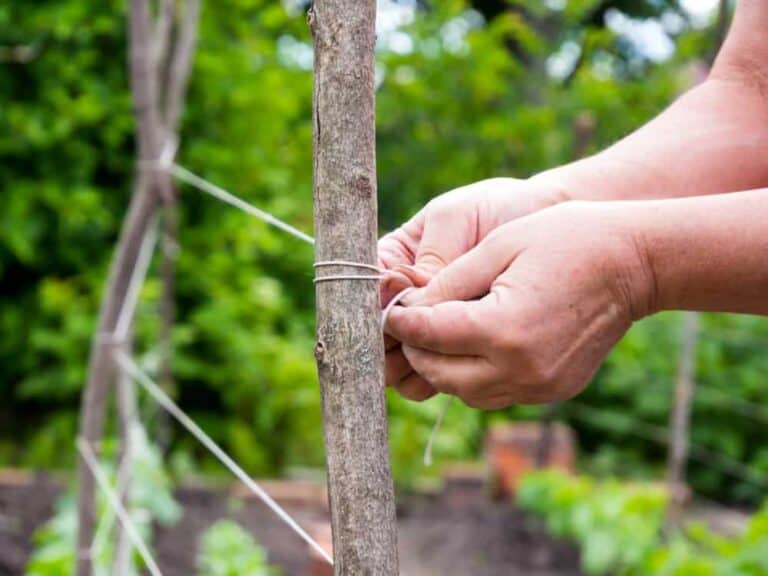
You can expect your fennel plants grow up to 8 feet (2.4 m) tall, which means that you need to provide adequate supporting for them, especially if you live in the windy region.
Thinning
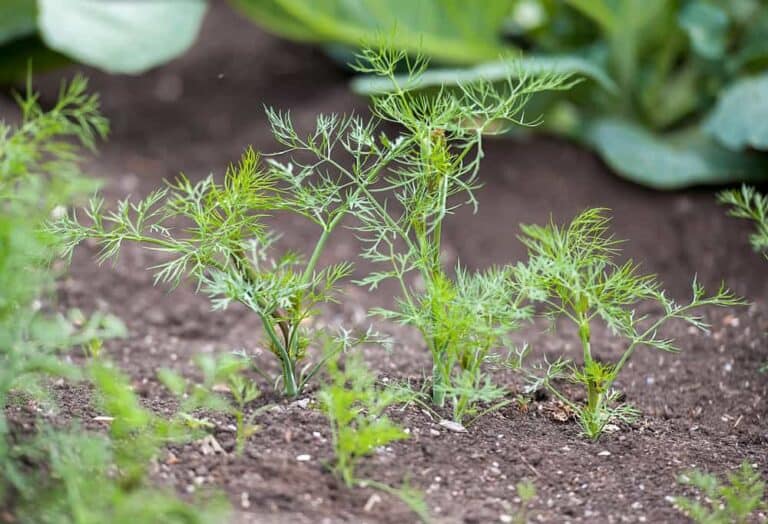
If you notice two or more seedlings germinating in the same place, you should remove the weaker ones. Avoid pulling them out so as not to damage the roots of the stronger plants. Just use scissors to cut them.
Hoeing
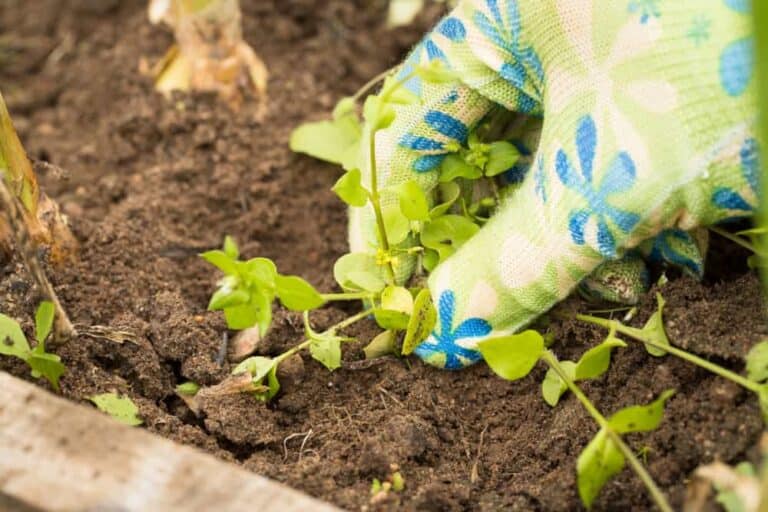
Since fennels have shallow roots, you need to be extremely careful while hoeing these veggies. Use the oscillating hoe and start working until destroy all the weeds.
Blanching
When your plants reach 3 feet (0.9 m) tall, and the foliage becomes dense and large, you will notice that your bulbs become swollen. That is the moment when you should ridge the soil around every bulb to blanch them, as well as protect them from sunburn.
How to Harvest Fennel Plant
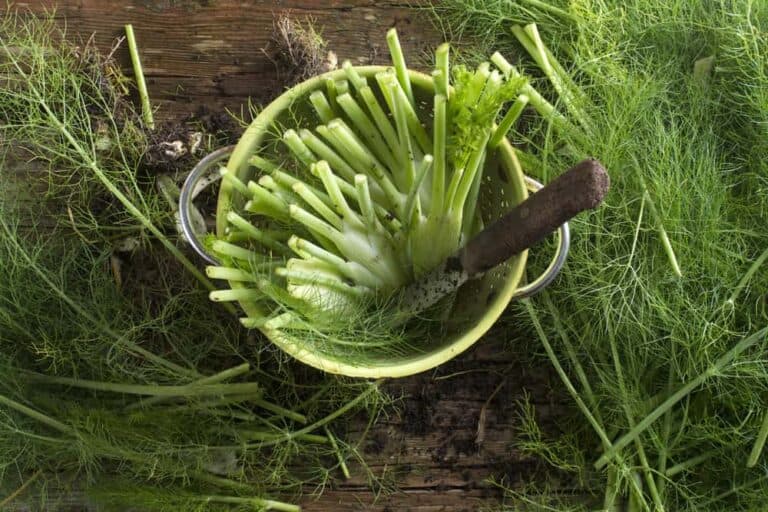
You should trim the foliage regularly to encourage your plants to become bushier. Just cut the leaf stems about 1 to 2 inches (2.5 – 5 cm) above the bulb. If you prefer eating microgreens, you may pick up the tender seedlings too.
If you grow the type of fennel which produces bulbs, you can harvest them by cutting below the bulb at the level of the ground. However, you shouldn’t start collecting your fennels before their bulbs are approximately 3 inches (7.6 cm) across. In general, your bulb fennel will require from 75 to 115 frost-free days to become prepared for harvest.
How to Store Fennel Plant
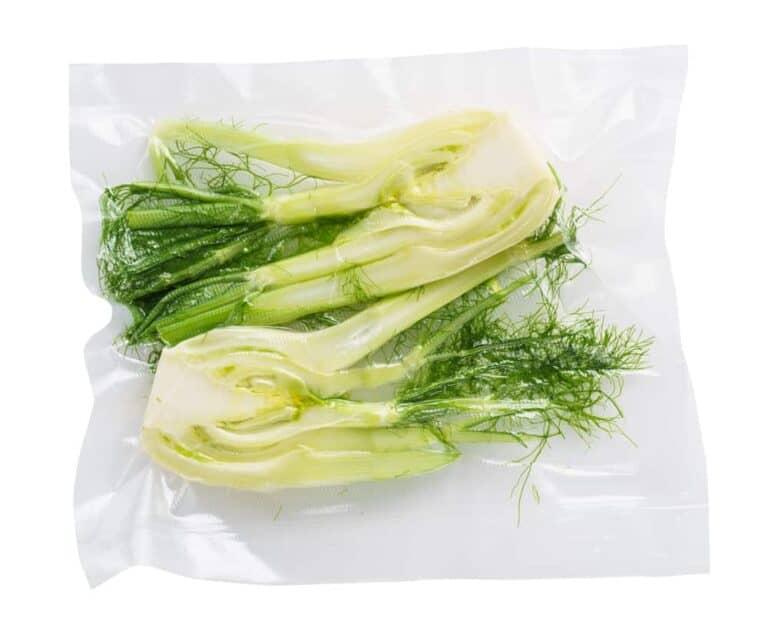
You may store thickly sliced bulbs in an airtight pot with a little water in the fridge. If you change water each morning, they will last for three days before noticing brown edges. The other way is to put whole veggies into an airtight plastic bag and keep them in the fridge for a week.
Keep stems and foliage tops in a plastic bag or the glass with water in the fridge for three to five days. For prolonged usage, you can dry or freeze them along with leaves.
Stored in an airtight jar, dry seeds will stay aromatic for several years.
If you plan to store bulb fennel for two to three months, you should put them in a cold and moist place. The ideal storage conditions include relative humidity of 95 % and the temperatures of 32 F (0 C).
Fennel Pests and Diseases
Damping off
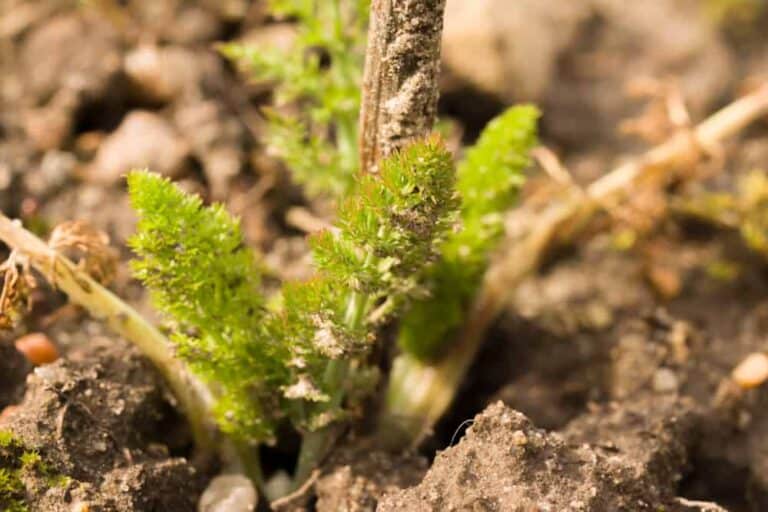
It appears in the pre-emergence stage (when seedlings die as soon as they reach the ground surface) and after the emergence phase (when the infection destroys tender plants’ tissue of the collar at the surface of the ground). The infected plant becomes water-soaked and soft.
This condition occurs when you plant seedlings in the soil, which is highly moist due to high rainfall and the poor drainage, and the temperatures are below 75 F (24 C) for days.
Root rot
You may see the decay of seeds and brown lesions on the roots and stems of your seedling just below the surface of the ground. Fennels appear stunted, and the foliage will turn yellow and wilt. You can expect that the plant will die eventually.
This disease usually occurs when heavy rains follow dry weather, and the temperatures of the soil are approximately 95 to 100 F (35 – 39 C).
Leaf blight
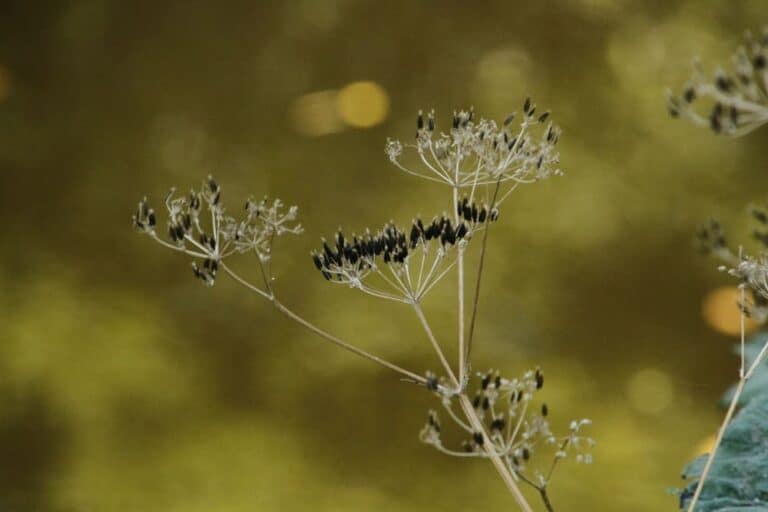
This fungal disease causes changes in the lower and older foliage. You will notice angular, brown, and necrotic spots which will become larger over time. In the end, affected leaves will dry, and the whole plant will turn brown and die.
Since fungi survive in the soil, especially when the humidity is over 80 %, you can prevent their occurrence by crop rotation and controlled watering.
Powdery mildew
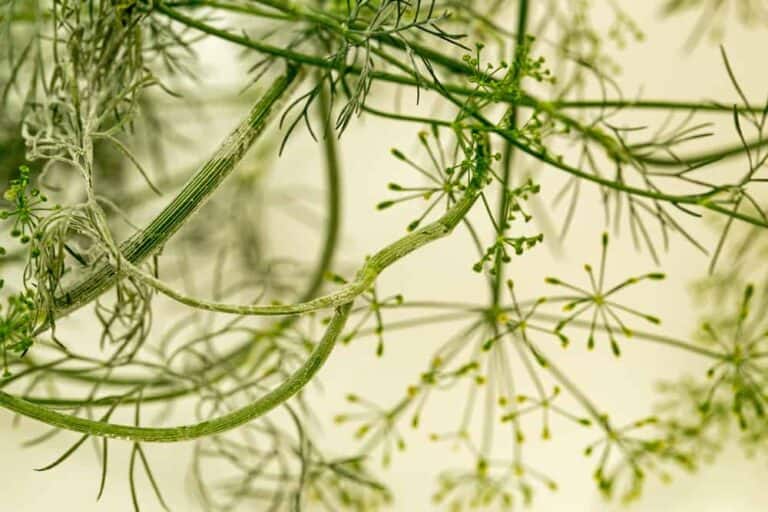
Fungi cause the occurrence of powdery growth on the foliage and flowers stalks when the weather is cloudy during February and March. The pathogens spread through soil and air, but you can bring them in your garden by infected seeds as well.
Favorable conditions for spreading this disease are the temperatures of 70 to 80 F (21-26.5 C) and high relative humidity of over 80%. Prevent the appearance of this infection by purchasing resistant varieties and avoiding excess fertilization. If you notice the issue early in the season, you should apply sulfur to protect your plants.
Fusarium wilts
Fungi cause wilting of seedling, but can also affect older plants which become yellow and die eventually. Since the causative agent survives in the ground for years, especially when the soil is highly-moisture and the temperatures are from 55 to 60 F (12.7 – 15.5 C), you can spread the infestation by equipment or infected seeds.
Aphids
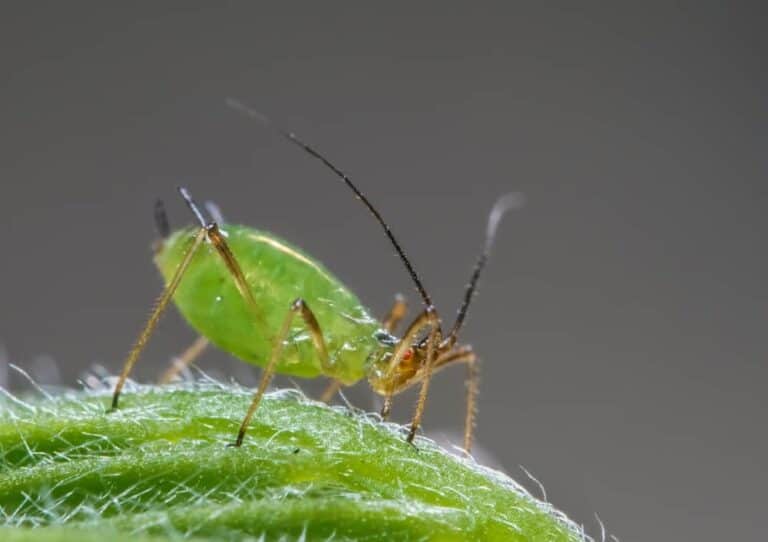
You can spot these tiny, soft-bodied insects on the underside of the foliage and plants’ stems. Once disease occurs, shoots will become severely stunted, and you will see distorted, yellow leaves with necrotic spots.
These creatures secrete honeydew, a sticky and sweet substance which encourages the additional growth of sooty mold.

To prevent aphids, you should purchase healthy transplants, grow just tolerant varieties, and spread mulch around the plants. Fennels can tolerate low to medium infestation, but you should use neem oil or insecticidal soap to keep aphids under control.
If infestation affects just a few leaves, you should tear and throw them. Otherwise, you need to destroy the whole plants.
source : Mike McGroarty

